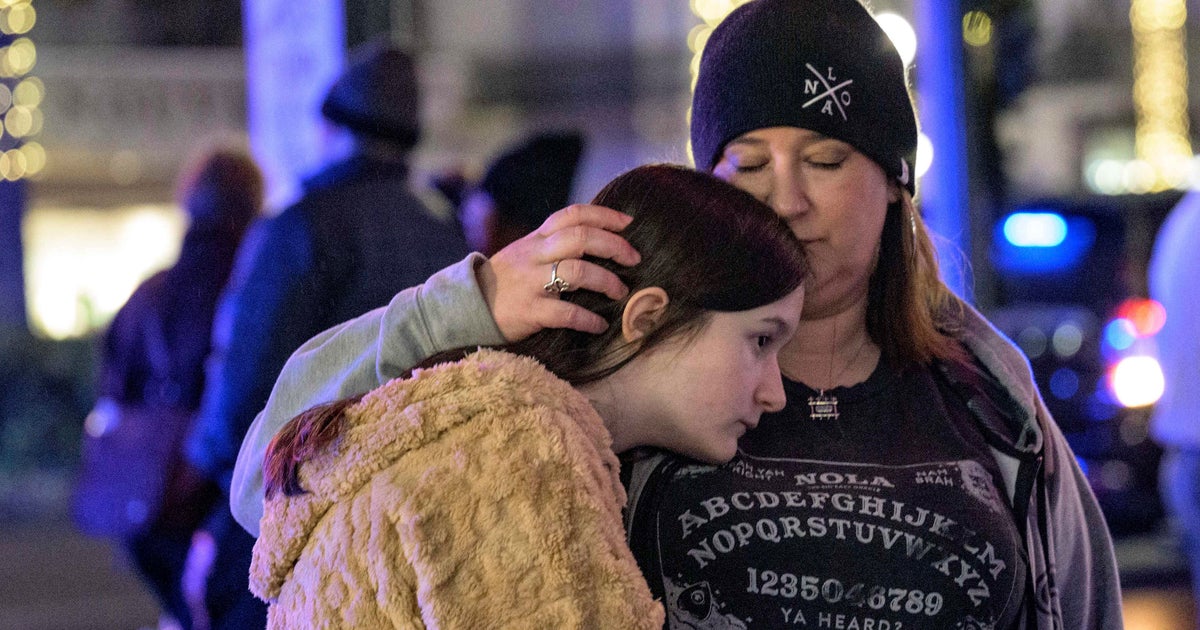Cygnus cargo ship delivers 4 tons of supplies to space station, including new zero-gravity toilet
A Northrop Grumman Cygnus supply ship wrapped up an automated rendezvous with the International Space Station early Monday, bringing 7,800 pounds of cargo the outpost including research materials, a redesigned "female-friendly" toilet and a high-resolution virtual reality camera.
Sailing high above Egypt and the Gulf of Suez, commander Chris Cassidy, operating the lab's robot arm, locked onto a grapple fixture at the base of the Cygnus at 5:32 a.m. EDT, two-and-a-half days after its launch atop an Antares rocket from Wallops Island, Virginia.
Northrop Grumman names its cargo ships, and the latest honored astronaut Kalpana Chawla, who lost her life aboard the space shuttle Columbia.
"In the name of space exploration, all have given some, some have given all," Cassidy said after capturing the cargo ship. "It's an honor to welcome the good ship Kalpana Chawla, KC as we knew her. Welcome aboard the International Space Station, KC."
With the cargo ship secured, Cassidy turned over arm operations to flight controllers at the Johnson Space Center in Houston who remotely pulled the Cygnus in for berthing at the Earth-facing port of the central Unity module.
The unpiloted cargo ship was loaded with four tons of supplies and equipment, including crew food and clothing, experiment hardware and material, the virtual reality camera, the new toilet and even samples of Estée Lauder skin cream that will be used in a commercial photo shoot for the company's social media platforms.
The $23 million toilet, or "universal waste management system," is smaller and more sophisticated than the station's current potty and includes modifications to make it easier for female astronauts to use. Assuming it works as planned aboard the lab, NASA plans to install the new units in Orion capsules for deep space flights to the moon and beyond.
"We're really excited about this new toilet," said Jim Fuller of Collins Aerospace, builder of the compact device. "I don't think we've developed a new toilet in a couple decades. So we're all really excited about flying this on (Cygnus)."
The 360-degree virtual reality camera was provided by Felix and Paul Studios, which is producing a documentary about life aboard the space station. The camera will be mounted on the station's robot arm to capture an upcoming spacewalk from a new perspective.
"We will film a full spacewalk from the moment the astronauts come out of the station to the moment that they go back in, and audiences will feel like they are truly there, up there floating in the vacuum of space alongside the astronauts," said Felix Lajeunesse, co-founder and creative director.
"Everything is going to be done remotely, and the astronauts won't have to actually worry about the camera," he said. "We will bring the camera relatively close to the work sites ... so that once you're immersed in virtual reality, you feel like you are right there with them, you feel like you are a participant in the action."
With the Cygnus safely captured, the station's three-man crew — Cassidy, Anatoly Ivanishin and Ivan Vagner — will begin wrapping up their 196-day mission and preparing the lab complex for the arrival of their replacements aboard a Russian ferry ship.
Cosmonauts Sergey Ryzhikov, Sergey Kud-Sverchkov and NASA astronaut Kate Rubins are scheduled for launch from the Baikonur Cosmodrome in Kazakhstan on Oct. 14. After a one-week handover, Cassidy, Ivanishin and Vagner plan to return to Earth, landing on the steppe of Kazakhstan on Oct. 21.
That will set the stage for launch of four more crew members — Michael Hopkins, Victor Glover, Shannon Walker and Japanese astronaut Soichi Noguchi — aboard a SpaceX Crew Dragon spacecraft on Oct. 31. The launching will mark the first operational flight of a Crew Dragon after a successful piloted test flight earlier this summer.






